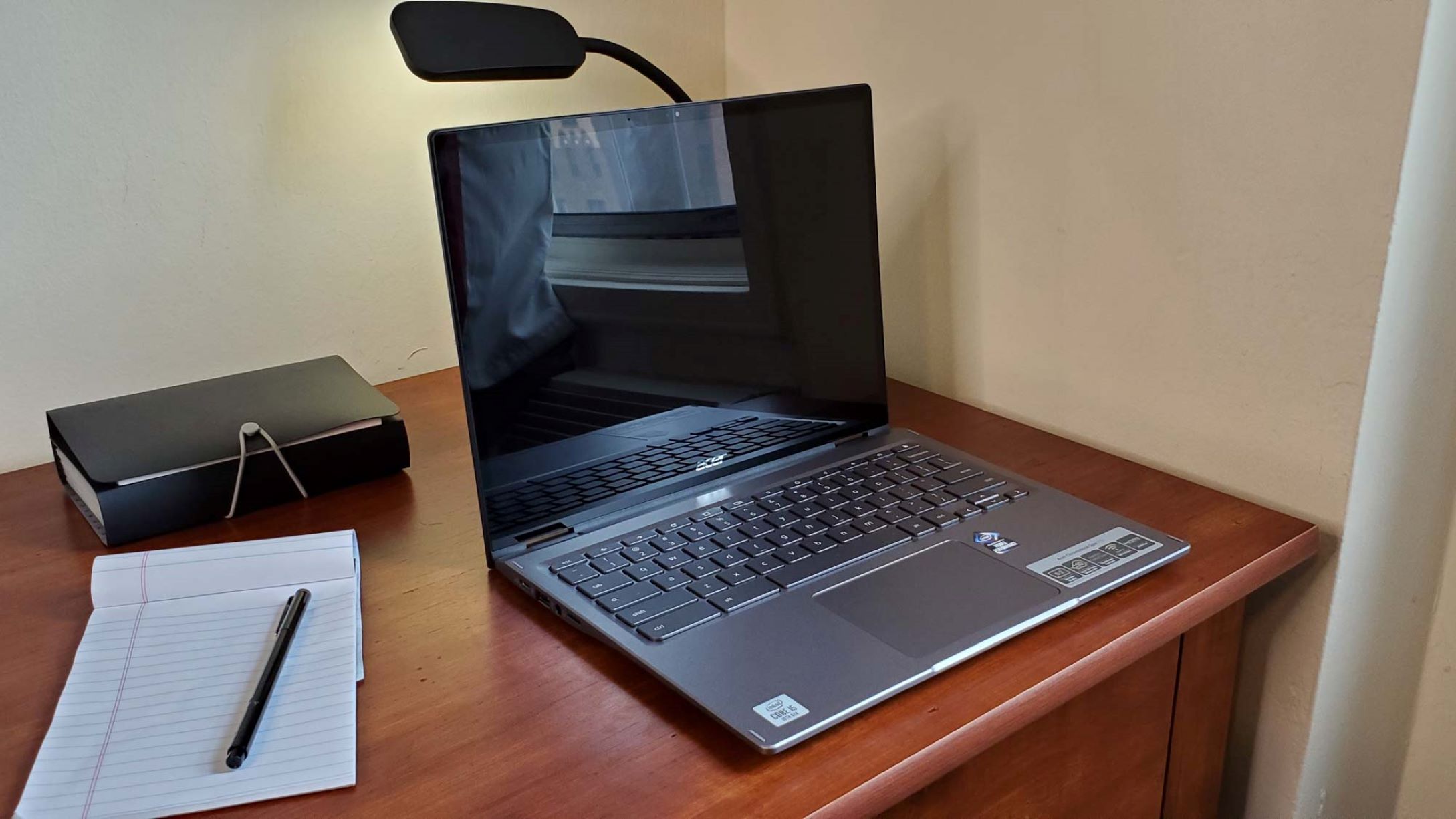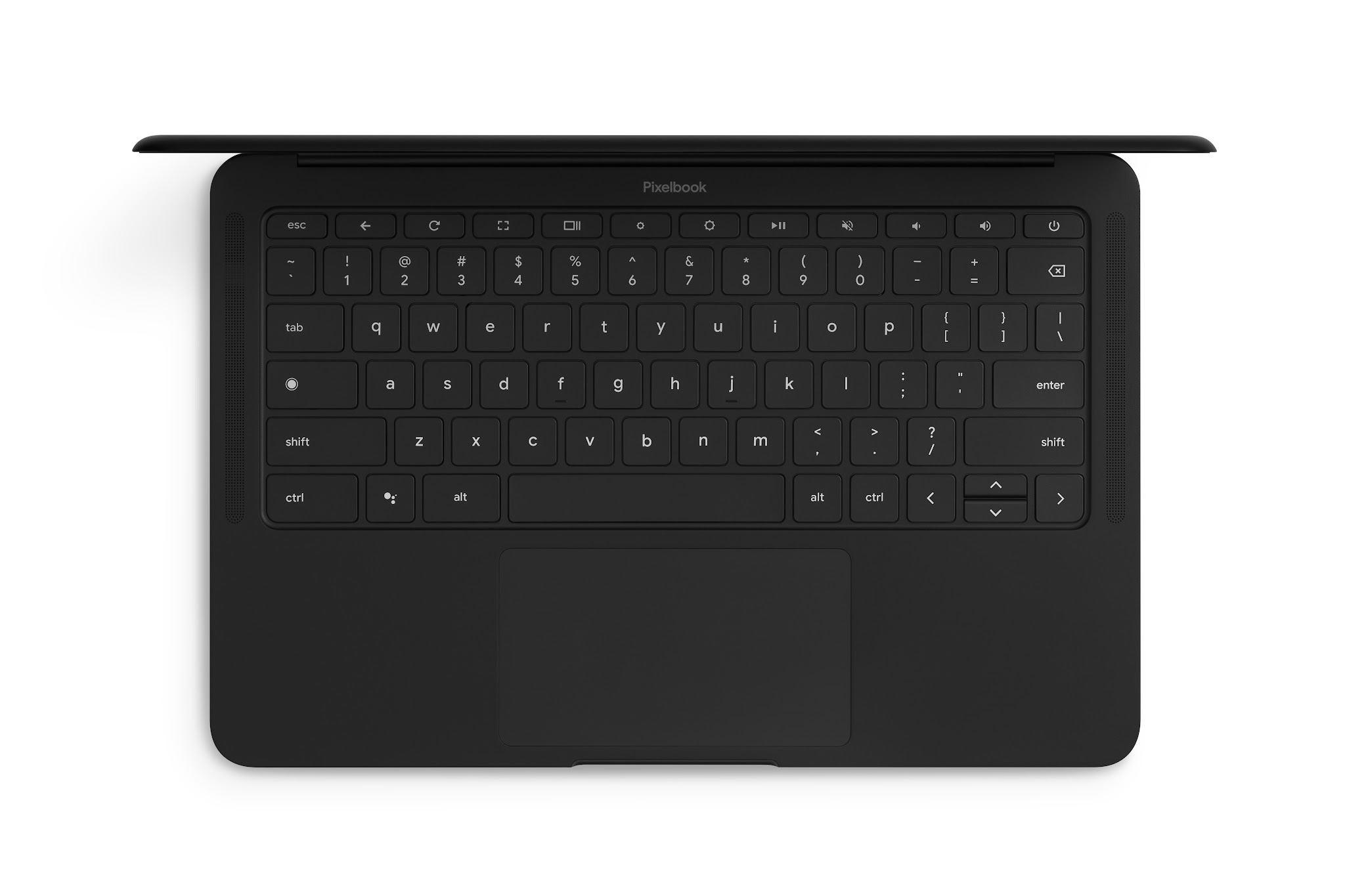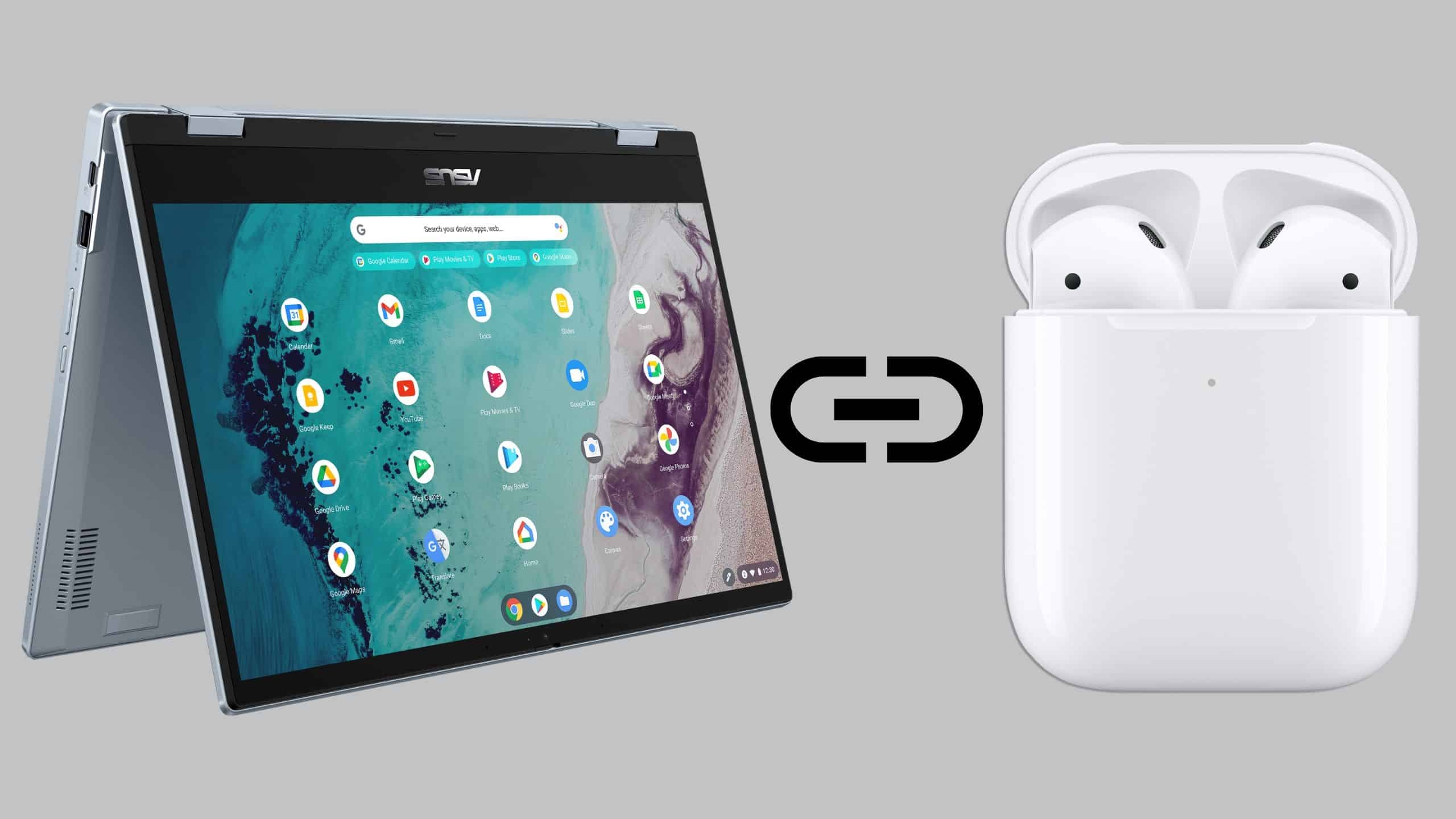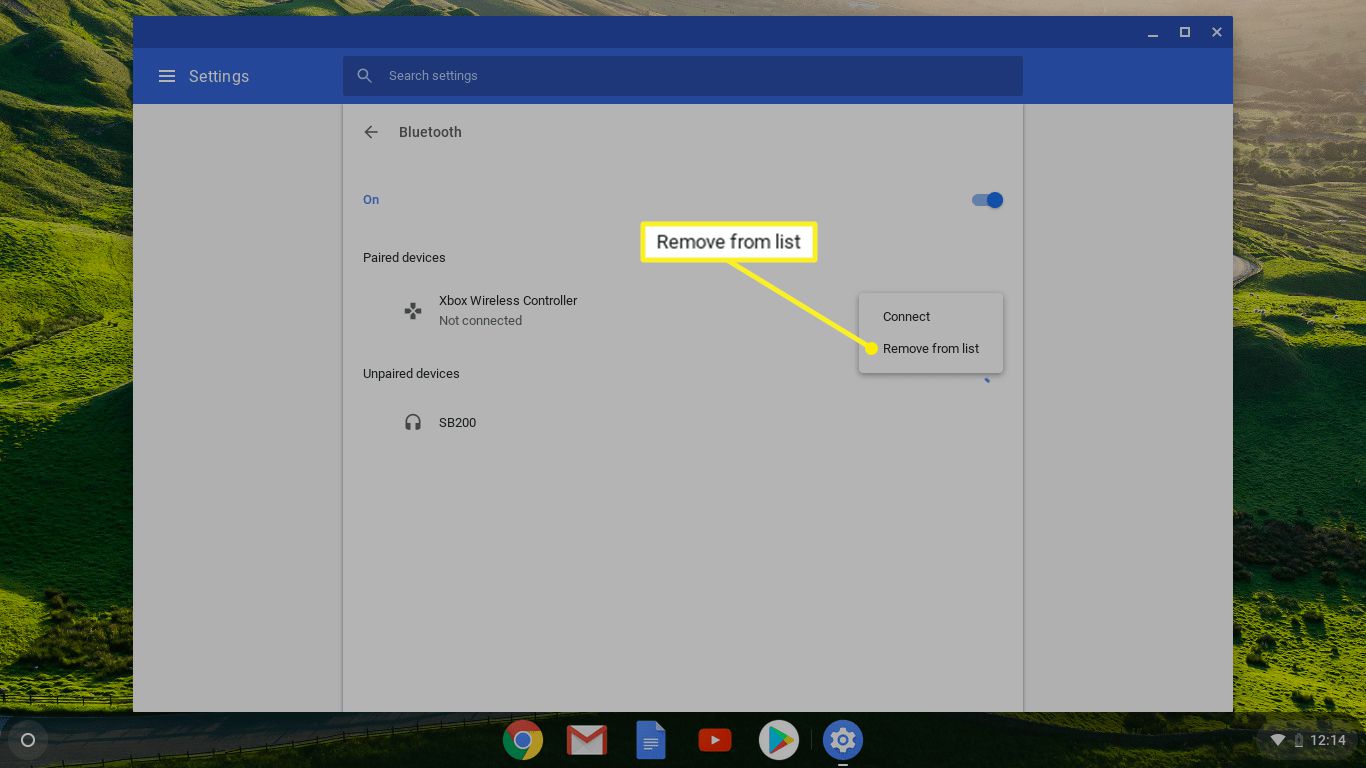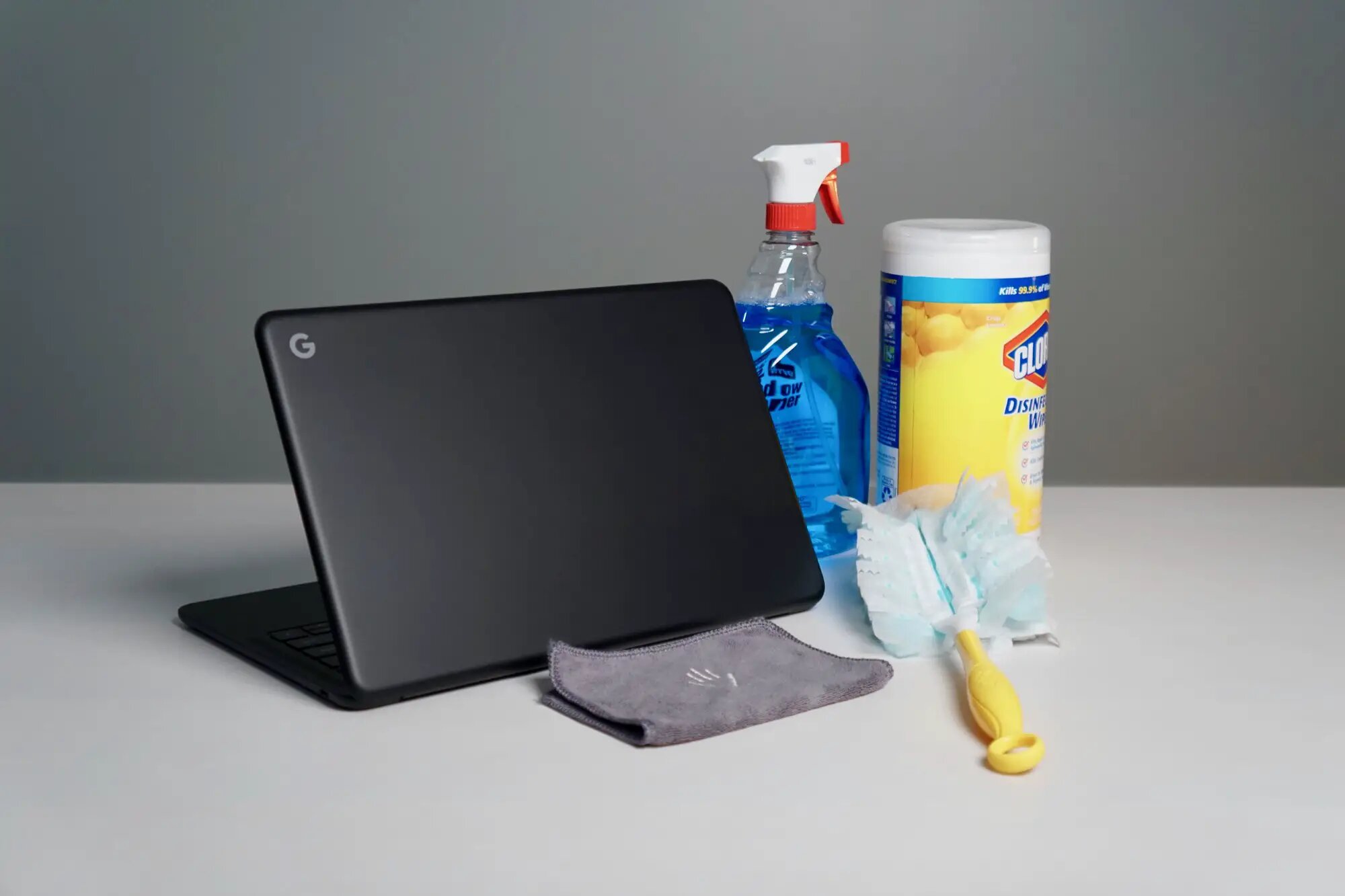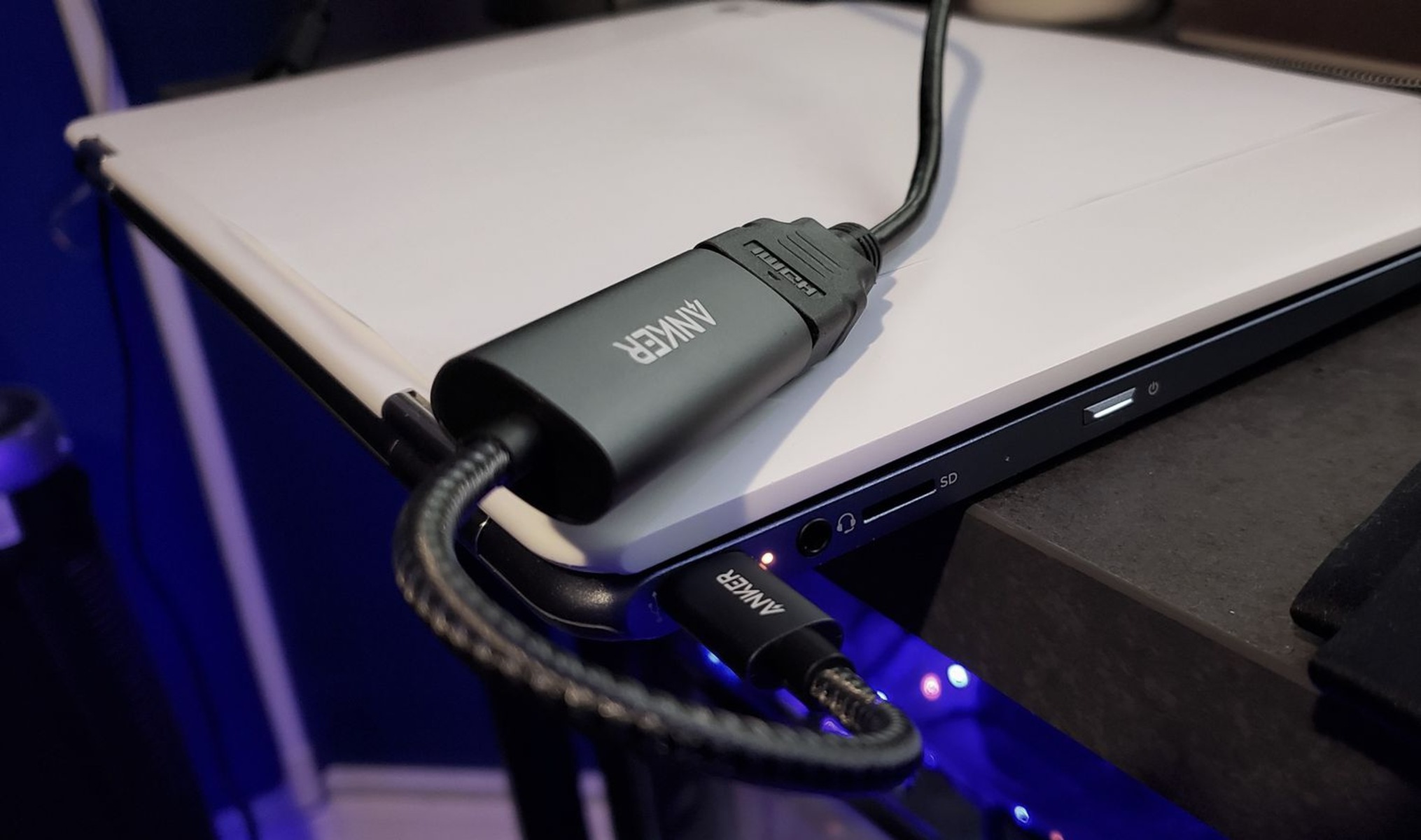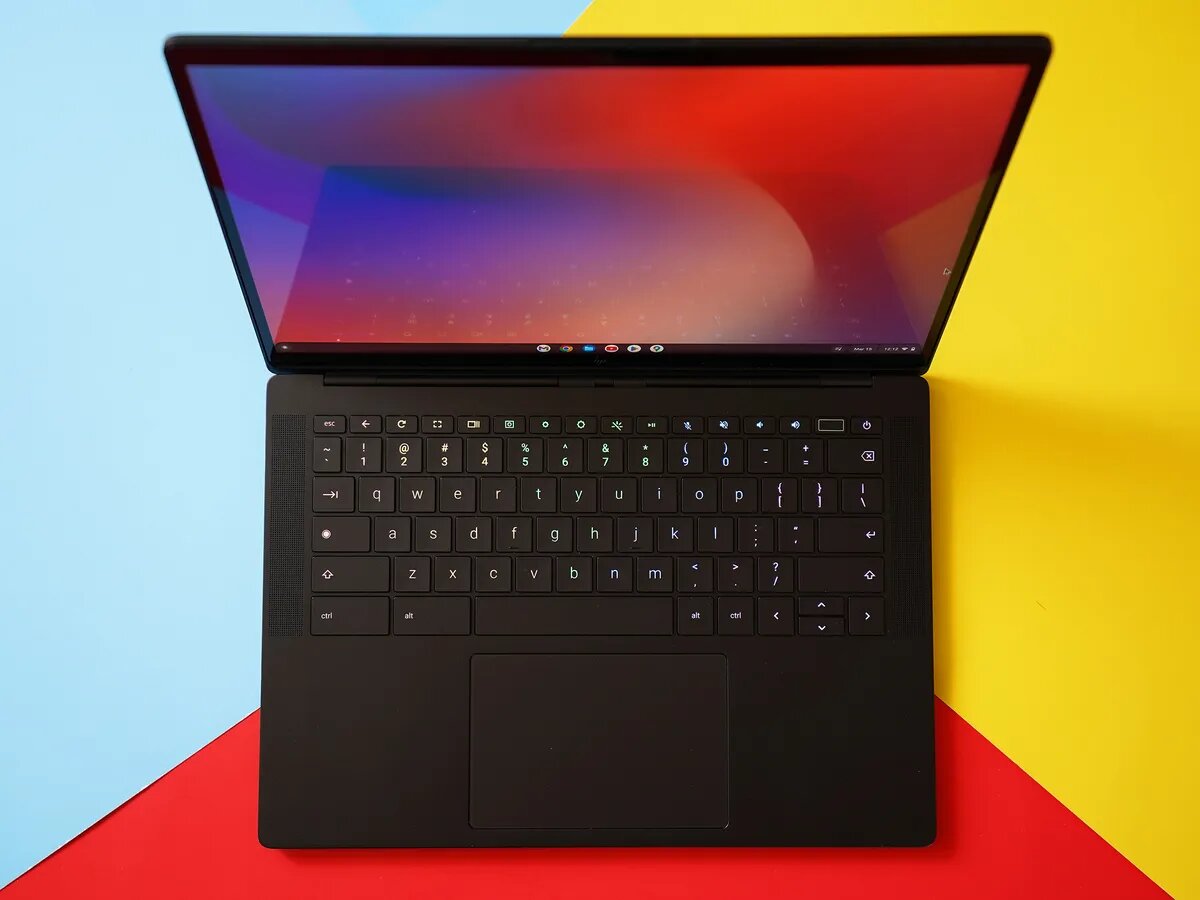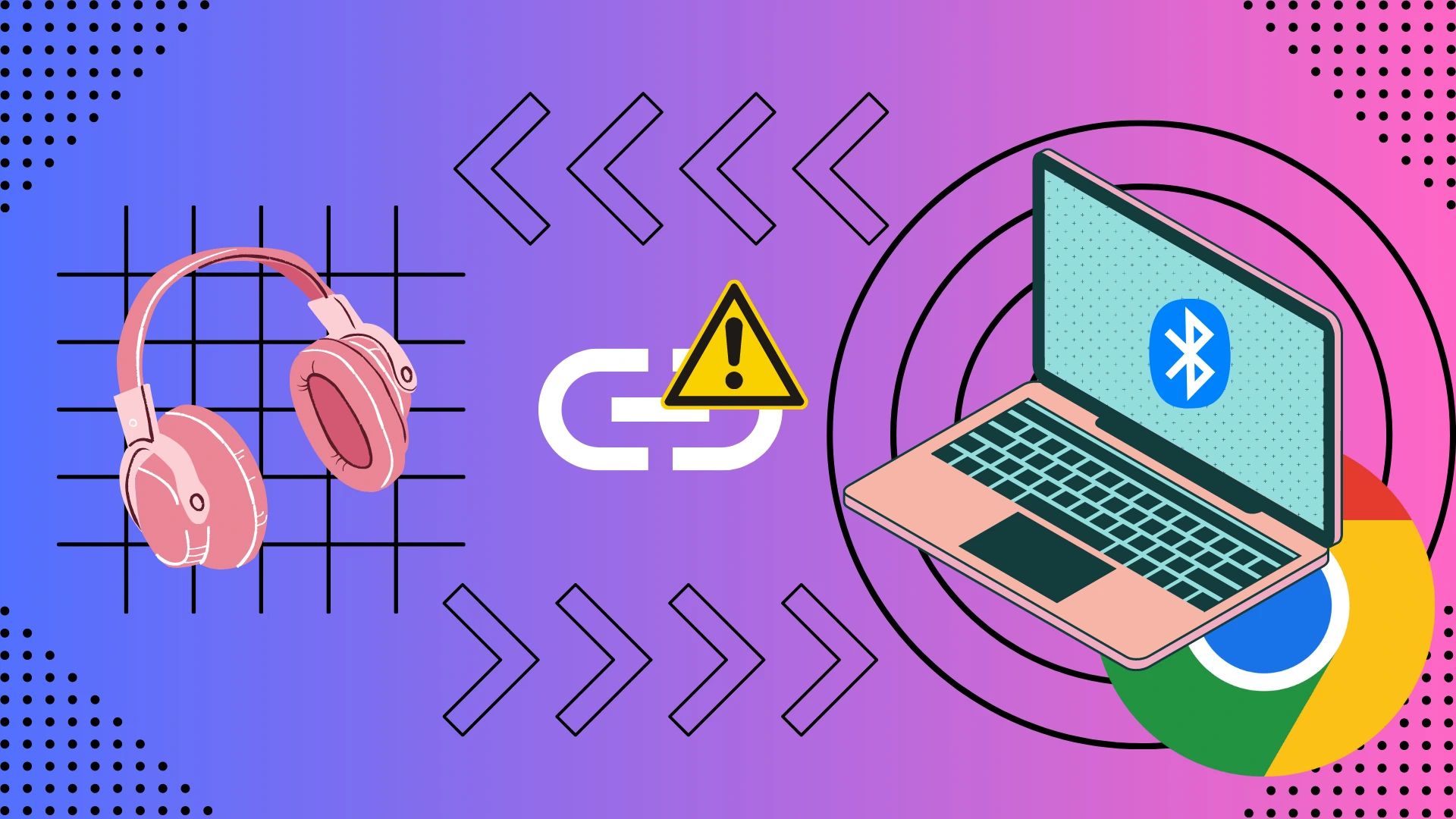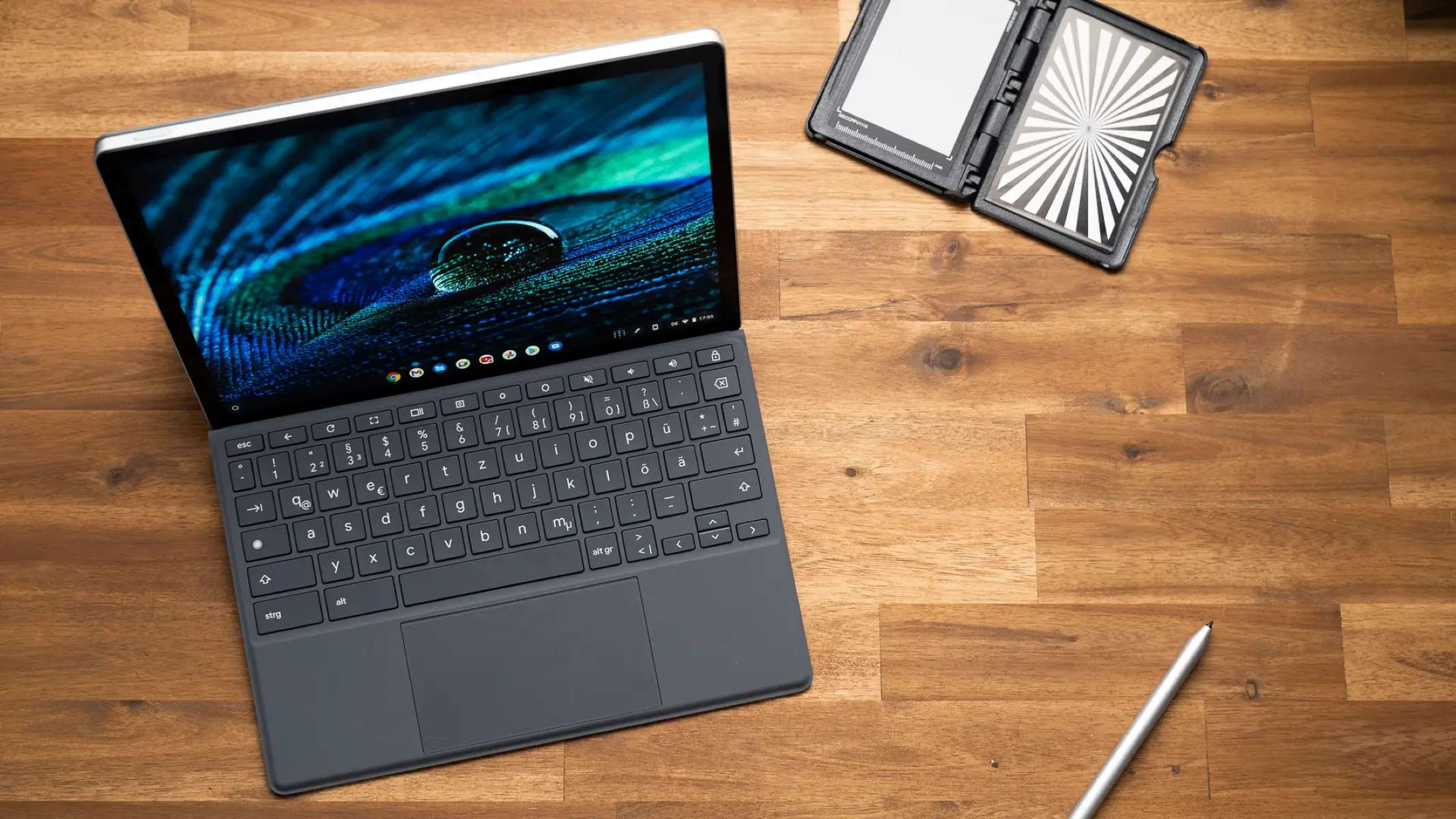Introduction
A Chromebook not turning on can be a frustrating experience, especially when you rely on it for work, school, or leisure activities. Before assuming the worst and rushing to replace your device, there are troubleshooting steps you can take to try and resolve the issue.
Several common reasons can cause a Chromebook to fail to turn on, including power source issues, battery problems, or software glitches. In this article, we will explore these potential causes and guide you through the steps to get your Chromebook up and running again.
It is important to note that these troubleshooting steps are primarily for Chromebooks that are completely unresponsive and show no signs of power. If your Chromebook turns on but fails to boot or freezes during startup, you may want to refer to our guide on troubleshooting startup issues specifically.
By following the steps outlined in this article, you may be able to identify the underlying problem and revive your Chromebook without the need for professional assistance or costly repairs. So, let’s dive in and troubleshoot why your Chromebook won’t turn on!
Common Reasons Why a Chromebook Won’t Turn On
When faced with a non-responsive Chromebook, understanding the common reasons behind this issue can help you troubleshoot and resolve the problem quickly. Here are some of the most typical causes:
- Power source issues: The most basic explanation for a Chromebook failing to turn on is a depleted or disconnected power source. Check if your device is properly connected to a power outlet and verify that the power adapter is plugged in securely. Additionally, make sure that the outlet itself is functioning by plugging in another device.
- Software glitches: It is not uncommon for software problems to interfere with the normal functioning of a Chromebook. If your device experienced a recent software update or if you installed a new application or extension, it is possible that conflicts may have arisen, preventing the Chromebook from turning on. In such cases, performing a hard reset can often resolve the issue.
- Battery problems: A faulty or depleted battery can prevent a Chromebook from powering on. If your device has been running on low battery for an extended period, it is possible that it shut down completely. Connect your Chromebook to a power source and allow it to charge for a while before attempting to turn it on again.
- Hardware issues: Occasionally, hardware malfunctions can cause a Chromebook to refuse to turn on. This can include problems with the display, keyboard, or internal components. If you suspect a hardware issue, it is recommended to seek professional assistance for diagnosis and repair.
Now that we have identified some common reasons behind a non-responsive Chromebook, let’s move on to the troubleshooting steps you can take to address these issues and get your device back up and running.
Check the Power Source
One of the first troubleshooting steps to take when your Chromebook won’t turn on is to check the power source. Follow these steps to ensure a proper connection:
- Check the power adapter: Examine the power adapter for any signs of damage or frayed cables. If you notice any issues, it may be necessary to replace the power adapter.
- Verify the power outlet: Ensure that the power outlet you are using is functioning. You can do this by plugging in another device to see if it powers on. If the outlet is not providing power, try using a different outlet or use a power strip as an alternative.
- Make sure the Chromebook is properly plugged in: Double-check that the power adapter is securely connected to both the Chromebook and the power outlet. Sometimes, if the connection is loose, the device may not receive power.
- Use a different power adapter: If possible, try using a different power adapter to see if the issue lies with the original adapter. Borrow a power adapter from a friend or family member with a compatible Chromebook or purchase a new one specifically for your model.
After checking the power source and ensuring a secure connection, attempt to turn on your Chromebook. If it still fails to power on, continue with the next troubleshooting steps to identify and resolve the issue.
Perform a Hard Reset
If your Chromebook still won’t turn on after checking the power source, performing a hard reset can often resolve software-related issues. Here’s how to perform a hard reset on your Chromebook:
- Remove any external devices: Disconnect any external devices, like USB drives or headphones, from your Chromebook.
- Press and hold the power button: Locate the power button on your Chromebook and press and hold it for at least 10-15 seconds. This action will force your Chromebook to shut down completely.
- Release the power button: After 15 seconds, release the power button and wait for a few seconds.
- Power on your Chromebook: Press the power button again to turn on your Chromebook. It may take a few moments for the device to boot up.
Performing a hard reset can often clear any temporary software glitches that may be preventing your Chromebook from turning on. If this method doesn’t resolve the issue, continue with the next troubleshooting steps.
Check the Charging Cable and Adapter
If your Chromebook is still not turning on, the next step is to inspect the charging cable and adapter. Here’s what you can do:
- Examine the charging cable: Inspect the charging cable for any visible damage or frayed wires. If you notice any issues, it is advisable to replace the cable with a new one.
- Check the charging port: Carefully examine the charging port on your Chromebook for any debris or dirt that may be obstructing the connection. If necessary, use a can of compressed air to clean out the port gently.
- Try a different charging cable and adapter: If you have access to another compatible charging cable and adapter, try using them to charge your Chromebook. This will help determine if the issue lies with the original cable and adapter.
- Ensure secure connection: Make sure that the charging cable is securely plugged into both the Chromebook and the power adapter. A loose connection can prevent the charging process and hence, lead to the device not turning on.
If you have gone through these steps and your Chromebook still does not power on, it might be time to explore other potential causes. Move on to the next section to continue troubleshooting.
Examine the Battery
If your Chromebook is not turning on, the battery could be a possible culprit. Here are some steps to examine the battery and potentially resolve the issue:
- Check the battery level: Press the power button to see if there is any response from the device. If the battery is extremely low or completely drained, it may need to be charged before the Chromebook can power on. Connect the device to a power source and give it some time to charge.
- Observe the charging indicator: While the Chromebook is connected to the power source, look for the charging indicator light. If it is not illuminating or blinking, it could indicate a problem with the charging port, cable, or adapter. Consider using a different charger or seeking professional assistance.
- Reset the battery: Some Chromebook models have a reset hole on the bottom or side of the device. Insert a paperclip or a similar tool into the hole and hold it for a few seconds. This action will reset the battery and may help revive the Chromebook.
- Remove and reinsert the battery (if applicable): For Chromebooks with removable batteries, power off the device and remove the battery. Wait for a few moments, then reinsert the battery and attempt to turn on the Chromebook.
If none of these steps solve the issue, it is recommended to contact customer support or seek assistance from a certified technician who specializes in Chromebook repairs. They will be able to diagnose any potential hardware issues and provide further guidance.
Connect to an External Display
If your Chromebook is not turning on and you suspect a problem with the display, connecting it to an external monitor or TV can help determine if the issue lies with the internal screen. Follow these steps to connect your Chromebook to an external display:
- Find an external display: Locate an external monitor or TV with an available HDMI or VGA port.
- Connect the Chromebook: Use an HDMI or VGA cable to connect the Chromebook to the external display. Ensure that the cable is securely plugged into both devices.
- Turn on the external display: Power on the external display and set it to the correct input source (HDMI or VGA) that corresponds with the cable connection.
- Power on the Chromebook: Press the power button on the Chromebook and observe if the display appears on the external monitor or TV.
- Check for display output: If you see the Chromebook’s display on the external monitor or TV, it suggests that the problem may lie with the internal screen. In that case, you can seek professional assistance to repair or replace the display.
If the Chromebook still does not turn on, even when connected to an external display, it indicates that the issue may be unrelated to the screen. In such situations, proceed with the next troubleshooting steps or consider contacting customer support for further guidance.
Contact Customer Support or Seek Professional Help
If you have followed the previous troubleshooting steps and your Chromebook still refuses to turn on, it may be time to reach out to customer support or seek assistance from a certified technician. Here’s what you can do:
- Contact customer support: Reach out to the manufacturer’s customer support for your Chromebook. They can provide guidance and troubleshooting steps specific to your device model. It is advisable to have your Chromebook’s serial number and any relevant purchase information on hand when contacting them.
- Visit an authorized service center: If your Chromebook is still under warranty, you may be entitled to free or discounted repairs. Contact the manufacturer’s website or customer support to find an authorized service center near you. They can diagnose the issue and provide professional assistance.
- Consult a certified technician: If your Chromebook is out of warranty or if you prefer an independent repair service, seek assistance from a certified technician or a reputable computer repair shop. They can diagnose and repair any hardware problems that may be causing your Chromebook to not turn on.
Remember to back up any important data stored on your Chromebook before seeking professional help or sending in your device for repair. This ensures that your data is safe and can be restored once the issue is resolved.
By reaching out to customer support or a qualified technician, you can get expert advice and resolution for the specific issue you are facing with your Chromebook.
Conclusion
Experiencing a Chromebook that won’t turn on can be frustrating, but there are several troubleshooting steps you can take to resolve the issue. By following these steps, you can identify and address common reasons for your Chromebook’s unresponsiveness.
Begin by checking the power source, ensuring that your Chromebook is properly connected to a functioning power outlet. If that doesn’t solve the problem, performing a hard reset can often clear any software glitches that may be causing the issue. Additionally, examining the charging cable and adapter, as well as the battery, can help determine if a faulty connection or depleted battery is to blame.
Connecting your Chromebook to an external display can also provide insight into potential display-related issues. If all else fails, contacting customer support or seeking assistance from a certified technician can help diagnose and resolve the problem.
Remember to back up your data before seeking professional help or sending your Chromebook for repairs. This ensures that your important files and documents are safe.
Hopefully, this guide has helped you troubleshoot and resolve the issue of your Chromebook not turning on. By taking the appropriate steps and seeking the necessary assistance, you can get your Chromebook back up and running smoothly.







